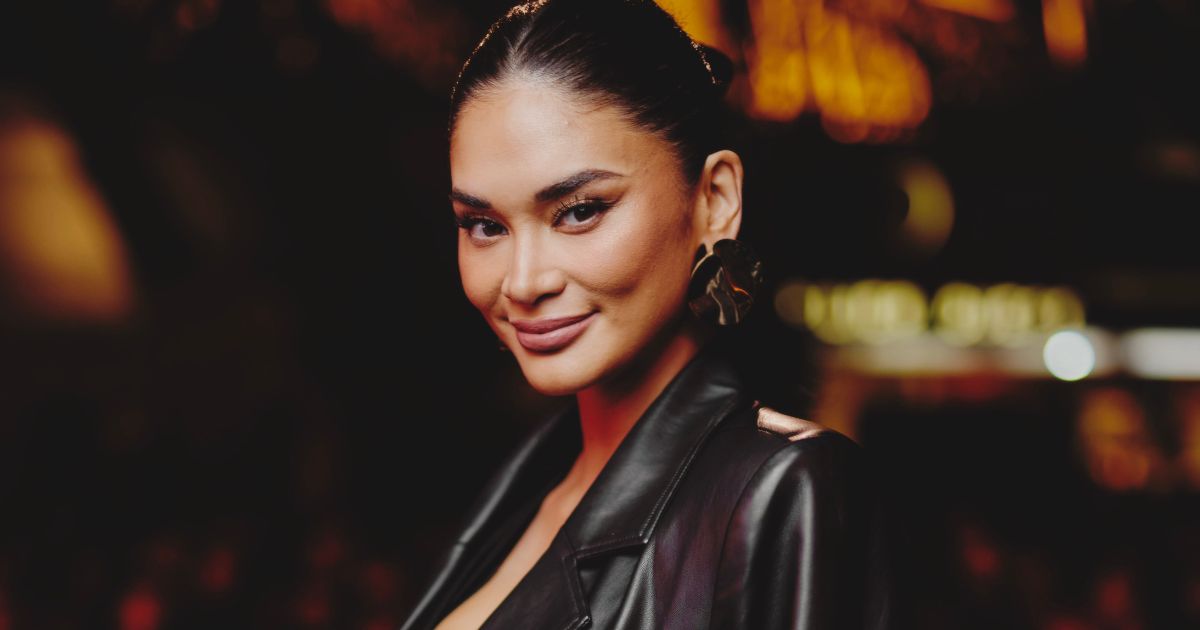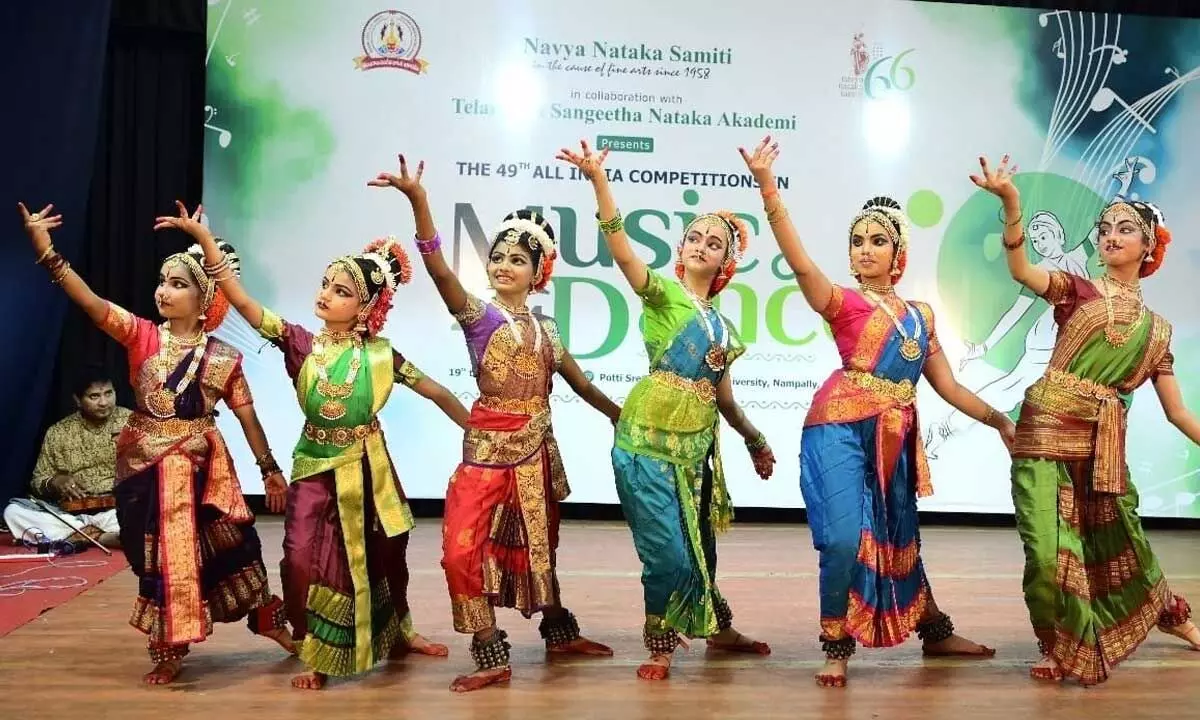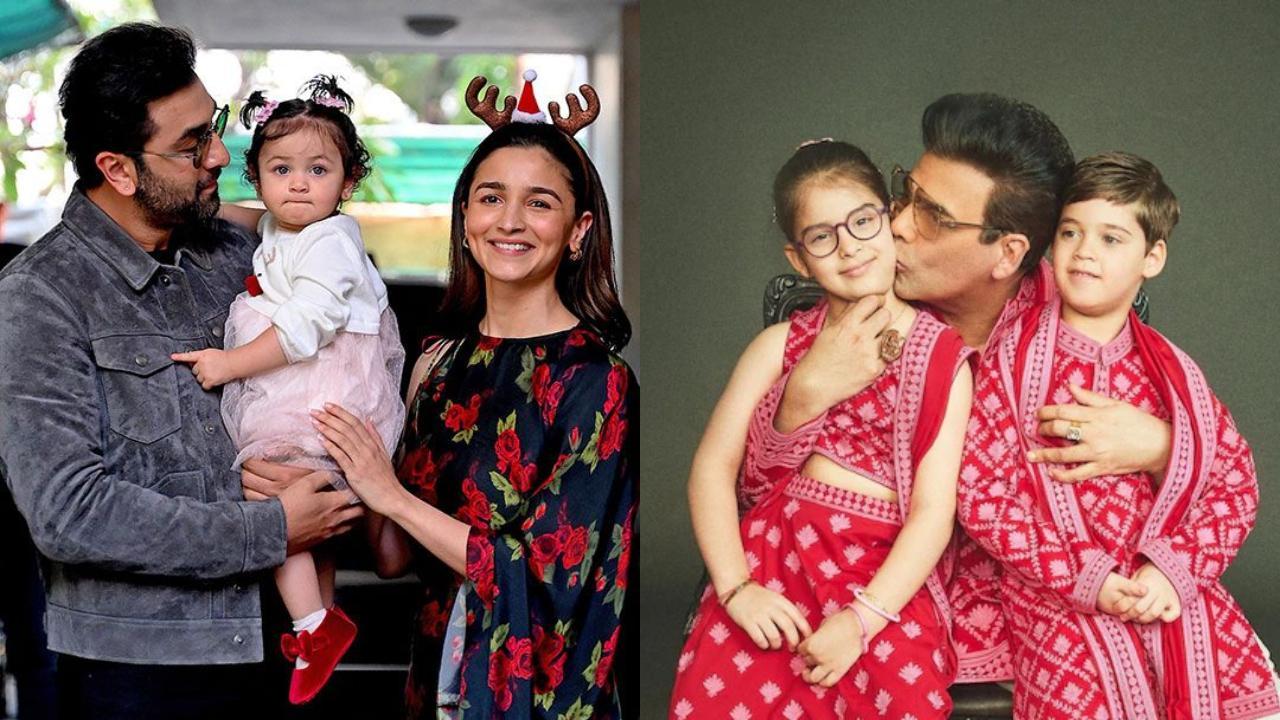The Southwestern Association for Indian Arts Indian Market includes hundreds of artists representing hundreds of tribes, pueblos, and First Nations cultures; admittedly, honing in on those artists or booths that catch your eye or you want to learn more about can be overwhelming . So Pasatiempo plucked two artists that caught our eye — one a newcomer and one an up-and-comer — who both share the common thread of taking the slow road to developing and creating their art. Learn more at swaia.
org . It’s Friday morning, and Shawna McLeod (Dehcho Dene and Métis) asks to move her Zoom interview with Pasatiempo by two hours. She has to send a group of young people on a plane into the wilderness, but she’ll be right back, she promises.

The jewelry, tufting, and bead artist grew up in the Indigenous community of Deh Gáh Got ́¿ę First Nation (Fort Providence), in the Northwest Territories in Canada, in a family of artists and artisans. This weekend, she will participate for the first time in the Santa Fe Indian Market, as part of a delegation from the Northwest Territories through NWT Arts and alongside a delegation of artists from the Yukon. McLeod says she’s grateful for all the support she’s received from NWT Arts and knows she will learn more than she can imagine in Santa Fe.
“It was a long journey,” McLeod says of her artistic education. “When I was young, I was exposed to hide tanning and later learned to work with beads. I learned to stitch from an elder [in Fort Providence], Margaret Vandell.
She was our Indigenous culture teacher. And I didn’t learn from just one teacher, either. There were several elders who taught me.
It takes a community to build an artist.” She inherited many of her early sewing materials from her grandmother, Florestine McLeod. “I was probably 9 then,” she says.
“Just before my grandmother passed on, she said that none of her other things mattered except her sewing kits. We found sewing materials from floor to ceiling, boxes and boxes of materials and patterns.” Today, McLeod, 33, lives in Fort Simpson, above the 60th parallel, at the confluence of Liard River and the mighty Mackenzie, where she is the visitor experience manager for the Nahanni National Park Reserve, a designated UNESCO world heritage site that’s roughly the size of Belgium.
“The park is located in a very remote location, which can only be accessed by air or canoe,” McLeod says. Her office is located in Fort Simpson, the gateway to the park. She works with interpreters and focuses on storytelling and connecting visitors to the area.
That’s her day job. Sewing, on the other hand, saved her life and helped her on her sobriety journey a decade ago. Her art is where she found herself again.
“My family knows I need sewing, so when I have 10 minutes, whenever I’m free, I sew,” she says. “I sew in the truck — when I’m not driving, of course — on the plane, at the airport, at the campground, at a picnic table. I just recently went camping with friends and family out by a waterfall, and I sewed there too.
” She sells her art under From the Land Creations, the brand she runs with her sister, Robyn McLeod (Dehcho Dene and Métis), a fashion designer who now lives in the Yukon. Recently, the sisters completed a shawl via snail mail: Robyn designed and put the shawl together, sent it to Shawna, who received it two weeks later and sewed in beads. The sisters refer to it as “slow fashion” — many of their collaborative pieces can take six weeks or longer, depending on the materials they can find.
McLeod hopes this will be the first of many Indian Markets she’ll participate in, and that Robyn will one day join her in Santa Fe. The many things that matter most to Kevin Aspaas (Diné) are time- consuming by design. For one, the award-winning 29-year-old artist and weaver from Naat ́áanii Nééz (Shiprock) — who will be participating in his seventh Indian Market this weekend — doesn’t just buy wool for his weaving.
While some of us took in puppies or kittens during the pandemic, Aspaas got a flock of sheep. He now raises his own Navajo-Churro sheep and sees first-hand every step of the production of his own wool, from pasture to loom. Aspaas’s flock is 15-sheep strong.
“Raising animals is not easy,” the artist says. “It’s a lot of work. I really eased myself into that aspect.
” His sheep, whom Aspaas doesn’t name for fear of one day having to serve one for a community meal, require plenty of attention. “You water them, feed them, let them graze, keep an eye on them,” he says. “They’re not like horses or cattle.
Sheep are very easy prey for coyotes, feral dogs, mountain lions, bears. They’re like little kids, too, and you have to make sure they don’t get into any trouble.” He even shears his sheep using hand shears rather than electric ones, which makes for a much longer process.
“I should invest in electric shears, but I like the sound of the each clip and the nostalgia, plus electric shears freak me out!” he wrote in a comment on a reel on his Instagram account. When he speaks with Pasatiempo by phone, he adds that he worries the sound of electric shears distresses his animals. On top of raising his own wool, Aspaas also works with an ancient weaving technique, one of the most difficult ones he could find — it’s one he says Diné weavers must have abandoned in part because buyers at trading posts preferred straight edges and rugs that could lay flat and fit the box image they had of the Navajo rug, none of which applies to the wedge weave.
Aspaas learned the technique a decade ago from his mentor, Roy Kady (Diné), a strong weaver but a shepherd first. “Part of why I love wedge weave is because I’m a sucker for the underdog,” Aspaas says of why he picked the technique. “I root for the underdog every single time.
The wedge weave is an orphan of Navajo textiles and is not widely practiced anymore. So I try my best to bring this style and technique into the limelight and change people’s perspectives.” The technique is complex and demands more time of weavers than other styles.
“It is an advanced technique to learn,” he says. “I wouldn’t imagine any beginner picking it up.” When Aspaas first went to market in Santa Fe all those summers ago, he was the only wedge weaver around; today, he says, there are perhaps three artists at the market who specialize in the ancient technique, and he’s glad.
In contrast to most other weaving styles that require weaving on a horizontal plane, the wedge weave, popular among Diné weavers in the late 1800s, is woven diagonally on the loom. This creates scalloped edges, or soft, wave-like lines on the sides of each woven piece and makes his rugs and dresses look less “perfect.” Aspaas accomplishes this design with such skill that you’d be hard-pressed to stop yourself from marveling at the precision and brilliance of his patterns.
“There’s something beautiful about imperfection,” Aspaas says. “None of us humans are perfect. Wedge weave is good at displaying that part of our humanity.
” ◀.



















